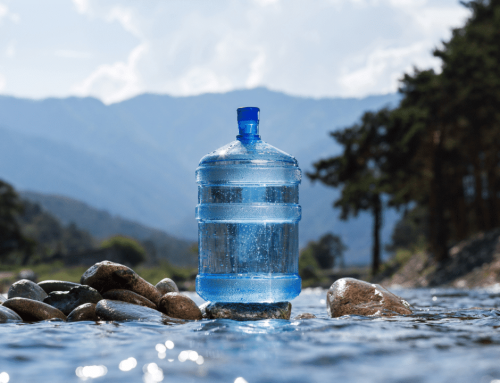
Project collaborators include the Science Museum of Minnesota’s St. Croix Watershed Research Station, the San Francisco Estuary Institute, ETH Zurich, and Pace Analytical, and it shows that a newly studied class of known toxic and hormone-disrupting to marine animals water contaminants are partially the indirect effects of human activity.
The contaminants in question and which are being studied because they can be found in most countries globally are hydroxylated polybrominated diphenyl ethers (OH-BDEs). The levels of these toxins have been increasing steadily over time, and are affecting wildlife such as polar bears, Baltic salmon, bald eagles and have also been found in human plasma.
Recent evidence shows that the production of OH-BDEs occurs naturally from marine bacteria and algae, but seems to be increasing as an indirect result of humans. It has been previously found that OH-BDEs cause disruption of thyroid function and neurological development.
While various manufacturing facilities as well as precipitation and sewage/wastewater are all known sources of PBDE pollution, the study is investigating why this increase is happening, and is checking whether there might be a tie to flame retardants called polybrominated diphenyl ethers (PBDEs), which have been used extensively since the 1970s.
The popular antibacterial agent triclosan, which is chemically similar to OH-TriBDE is also being analysed, and researchers have hypothesised that the study could indicate that common human-related pollution is the cause of OH-BDEs.
Findings so far have suggested that higher nutrients and water temperatures may influence microbial activity and increase OH-BDE levels. Larger amounts of OH-BDEs were detected in more densely populated areas and only small amounts in less populated areas, and strangely enough, in Minnesota where flame retardants are used, no OH-BDEs were found in the freshwater. This seems to point to the fact that flame retardants are likely not the cause of OH-BDEs, but the research is continuing, especially where there is a high rate of human activity, to see how it affects our aquatic systems and the quality of our water globally.
Hire water coolers and purchase water coolers online from Living-Water Ltd. Get bottled water coolers and mains fed water coolers from Living-Water Ltd.





